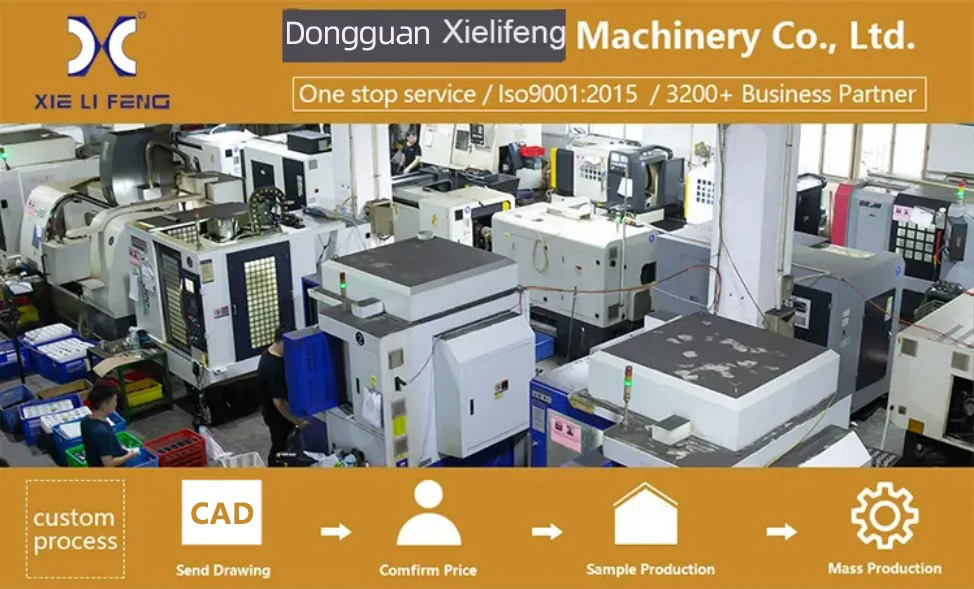Government policies and initiatives supporting CNC machining in China
-
Made in China 2025: This national strategic plan aims to transform China from being a manufacturing giant to being a global manufacturing power. CNC machining is one of the key areas targeted for development under this initiative.
-
Industrial Robot Development Plan (2016-2020): This plan focuses on promoting the adoption of industrial robots in various sectors, including CNC machining. It includes measures such as providing financial incentives for companies to invest in advanced robotic technologies and supporting the development of domestic robot manufacturers.
-
Local government subsidies: Many local governments in China offer financial subsidies or incentive programs to promote CNC machining and related industries. These subsidies may include funding for equipment procurement, research and development, talent development, and market expansion.
-
National Innovation-Driven Development Strategy: This policy aims to strengthen research and development activities in key industries, including advanced manufacturing. It supports the development of cutting-edge technologies, such as advanced CNC machining techniques and equipment.
-
International cooperation and exchange programs: The Chinese government encourages international collaboration in the field of CNC machining. It promotes exchanges of knowledge, expertise, and technology through initiatives such as the China International Machine Tool Show (CIMT) and other international conferences and exhibitions.
-
Intellectual property protection efforts: The Chinese government has been working to improve intellectual property protection in the country. This includes strengthening patent laws and regulations, enhancing enforcement mechanisms, and establishing specialized intellectual property courts. Such measures help to protect CNC machining technologies and innovations developed in China.
-
Vocational training and education programs: The government has been promoting vocational training and education programs to address the shortage of skilled CNC machinists in the country. These initiatives aim to cultivate a skilled workforce, provide training on advanced CNC machining technologies, and enhance the competitiveness of Chinese CNC machining industries.
Overall, the Chinese government has implemented various policies and initiatives to support and promote CNC machining in the country, aiming to boost China’s competitiveness in advanced manufacturing and high-tech industries.
About CNC Machining Technoligies:
CNC machining technologies refer to the various methods and techniques used in computer numerical control (CNC) machining. CNC machining is a manufacturing process that uses computerized controls and automated machinery to create complex and precise parts from a wide variety of materials.
-
CNC Milling: This is one of the most common CNC machining technologies, where a rotating cutting tool removes material from a workpiece to create desired shapes and features. It can be used for both 2D and 3D milling operations and is ideal for creating prototypes, tooling, and production parts.
-
CNC Turning: This technology involves rotating a workpiece while a stationary cutting tool removes material to create cylindrical parts with various profiles. It is commonly used for creating shafts, bolts, and other symmetrical parts.
-
CNC Drilling and Tapping: This technology is used specifically for creating holes in a workpiece. CNC drilling machines automate the process of creating precise holes of different sizes and depths. CNC tapping, on the other hand, adds threads to the holes created during drilling.
-
CNC Grinding: This technology is used for precision grinding operations, where a rotating grinding wheel removes material to achieve tight tolerances and smooth finishes. It is commonly used for grinding surfaces, cylindrical parts, and complex shapes.
-
CNC Laser Cutting: In this technology, a high-power laser beam is used to cut through material by vaporizing or melting it. CNC laser cutting is used for precise and fast cutting of various materials, such as metal, plastic, wood, and fabric.
-
CNC Waterjet Cutting: This technology utilizes a high-pressure jet of water mixed with an abrasive material to cut through various materials. CNC waterjet cutting is often used for cutting thick and hard materials, such as metals, stone, ceramics, and composites.
-
CNC Wire EDM: EDM (Electrical Discharge Machining) uses an electrically charged wire to erode the material and create intricate and precise shapes. CNC wire EDM is commonly used for making dies, molds, and complex parts with tight tolerances.
These are just a few examples of CNC machining technologies used in modern manufacturing. With advancements in technology, new techniques and machines are continually being developed to improve precision, efficiency, and versatility in CNC machining processes.

